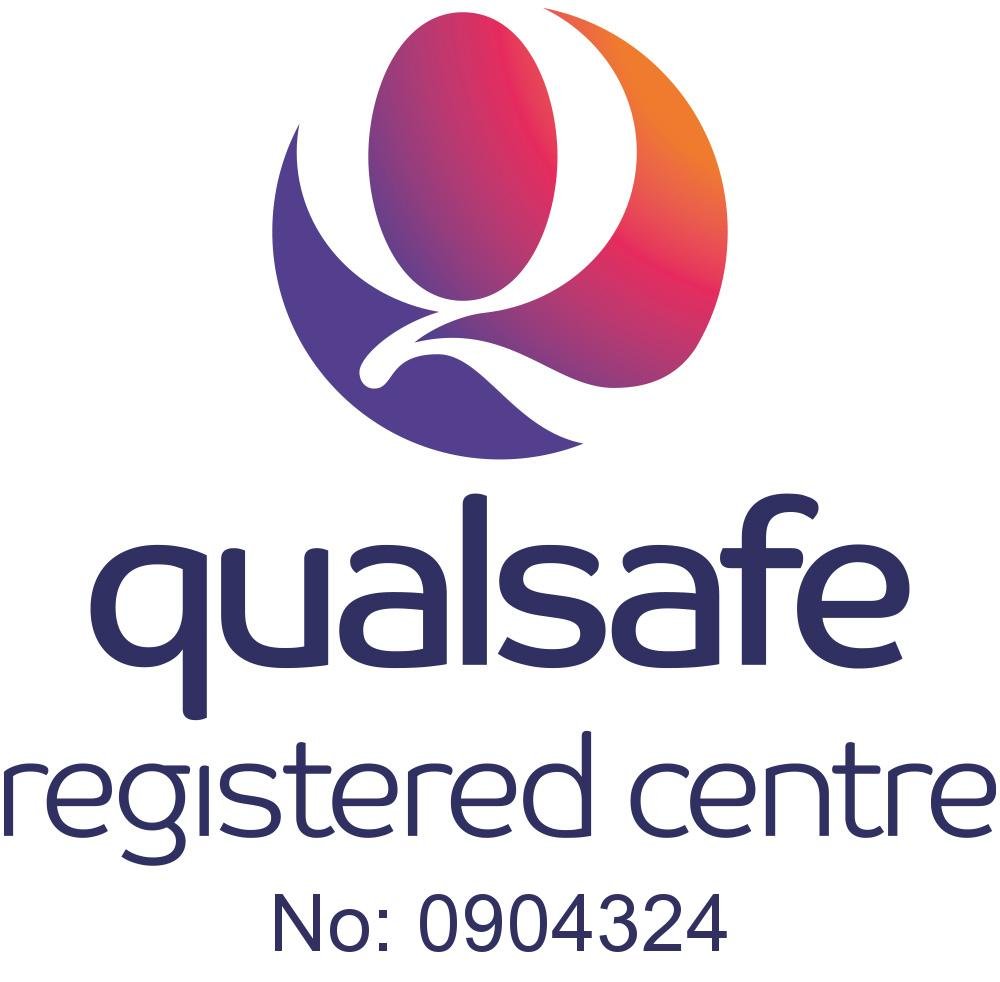CPR: To breathe or not to breathe… that is the question
/What is CPR?
CPR, aka cardiopulmonary resuscitation, is the act of providing external chest compressions and ventilations to circulate oxygenated blood around the body to the vital organs when a person has experienced a cardiac arrest. Essentially you become the pump and the main objective is to delay tissue death and to extend the window of opportunity for a successful resuscitation.
When did we start using CPR?
As a technique, CPR, as described above, was first published in a landmark paper on cardiopulmonary resuscitation in 1960 by William B Kouwenhoven, however these two techniques - external chest compression and expired air respiration - had both been known to the medical profession in the eighteenth and nineteenth centuries but had been abandoned as being unsatisfactory until their revival in the mid twentieth century.
Should I breathe into the casualty?
In recent years there has been more review of ‘hands only’ CPR, aka compression only CPR, and a memorable advertising campaign by the British Heart Foundation, starring Vinnie Jones (and later a Lego Vinnie), aimed at untrained members of the public, has brought it to peoples attention
Some studies appear to present a higher chance of survival for adults with cardiac arrest in a pre-hospital environment, while others show little difference in outcome between standard CPR and compression only CPR.
Compression only CPR is not as good for children and babies who are more likely to have cardiac arrest from respiratory causes. Other exceptions besides children include cases of drownings and drug overdose. In both these cases, compressions and rescue breaths are recommended if the bystander is trained and is willing to do so.
Another reason for hands only CPR in the pre-hospital environment is that as little as 10 seconds between each set of chest compressions can dramatically reduce the persons chance of survival. This, and the unwillingness of people to perform rescue breaths, has led to the introduction in the guidelines of the following statement: ‘if the person is unable or untrained to perform rescue breaths, compression only CPR can be undertaken’.
In a nutshell
CPR providers trained and able to perform rescue breaths should perform chest compressions and rescue breaths as this may provide additional benefit for children and those who sustain an asphyxial cardiac arrest or where the EMS response interval is prolonged.
Only if rescuers are unable to give rescue breaths should they do compression-only CPR.
The Resuscitation Council (UK) has carefully considered the balance between potential benefit and harm from compression-only CPR compared to standard CPR that includes ventilation. Our confidence in the equivalence between chest-compression-only and standard CPR is not sufficient to change current practice.





